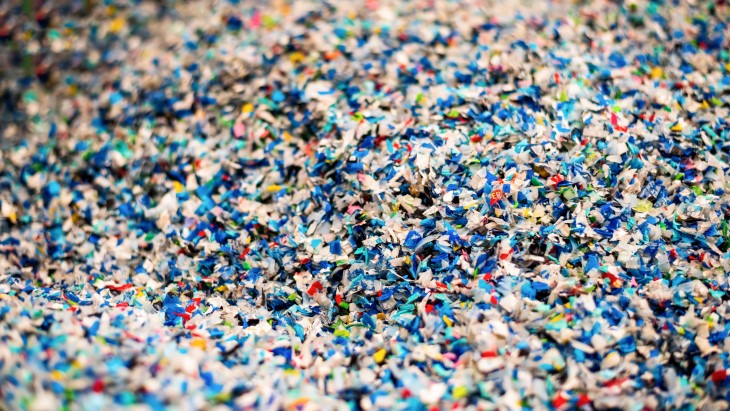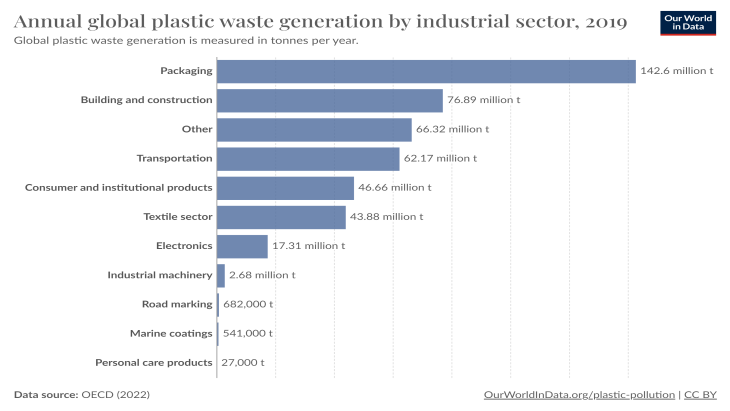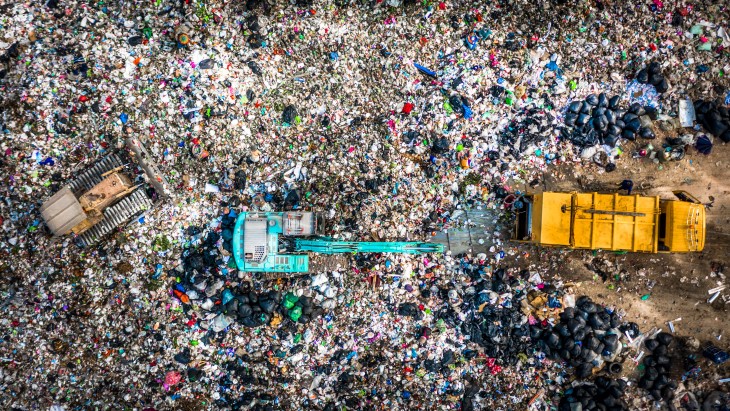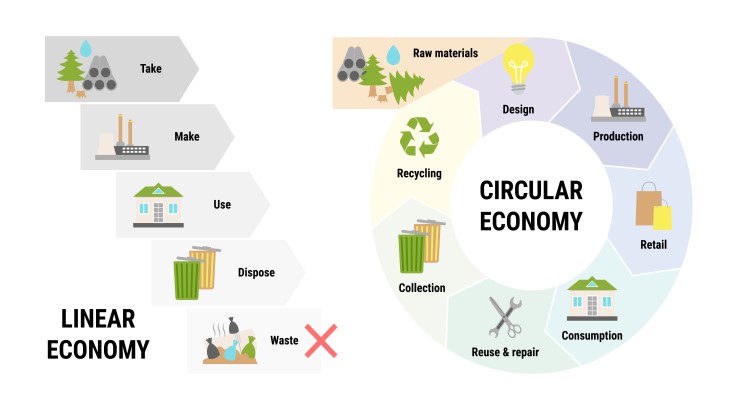Eliminating Defects: Minimize Scrap to Maximize Yield
Plastics manufacturing thrives on efficiency; each step, from raw material production to final product processing, requires precise control. However, unwanted material loss, commonly referred to as scrap, is a significant challenge that burdens many manufacturers. Defects, inconsistencies, and unforeseen variations can create out-of-spec parts and disrupt production lines, impacting profitability and sustainability.

Beyond the immediate financial impact, scrap generation carries significant downstream consequences. Sorting, handling, and disposing of unusable material consumes valuable time, resources, and energy, which adds to the unnecessary burden on production processes. Furthermore, the environmental implications of discarded plastics increase concerns regarding the industry’s sustainability.
This article explores the challenge of scrap production, investigates the role of cutting-edge technologies in preventing material waste, and empowers plastics processors with the tools to minimize scrap and maximize yield.
What is Scrap in Plastics Manufacturing?
Scrap is any processed material or part considered unusable due to defects, inconsistencies, or variations that have compromised its intended functionality or aesthetic qualities. This can manifest in various forms, including:
- Flow Lines: These surface imperfections are caused by uneven material flow, which impacts visual appeal and potentially compromises mechanical properties.
- Sink Marks: These are depressions on the part surface due to uneven shrinkage and often occur in thicker sections.
- Voids and Bubbles: Trapped air manifests as voids or bubbles, thus compromising a part’s structural integrity and potentially causing product failure.
- Warpage: Internal stresses or uneven cooling can lead to warped products, affecting functionality and aesthetics.
- Undercure: Insufficient curing can result in soft, weak products vulnerable to deformation.
- Overcure: Excessive curing can cause internal stresses and cracking.
You can read more about manufacturing defects in ‘The Problem with Plastic: #1 Manufacturing Defects’.
Factors Contributing to Scrap Production
Several factors might contribute to the development of defects and scrap production in a manufacturing environment.
- Machine and mold malfunctions – Improper calibration, worn equipment, or faulty mold design can contribute to defects and subsequent scrap generation.
- Material inconsistencies – Variations in raw material properties or contamination can lead to unpredictable processing behavior and unwanted defects.
- Process parameter deviations – Inaccurate settings for processing parameters like temperature, pressure, and cure time can cause defects and scrap formation
- Environmental factors – Humidity, temperature fluctuations, or dust contamination within the production environment can contribute to defect development.

The Costly Consequences of Scrap Generation
The implications of scrap production extend beyond the immediate loss of material. Excessive scrap has negative financial implications, operational inefficiencies, environmental impact, and brand reputation.
Financial Burdens and Production Inefficiencies
The most direct consequence of scrap is the financial burden it presents. The lost material represents a monetary loss, often amounting to a significant percentage of raw material costs. The associated costs of rework, waste disposal, and potential downtime further exacerbate the financial strain. These combined factors can negatively impact profit margins and hinder a manufacturer’s economic health.
Furthermore, scrap production disrupts the smooth flow of production processes, leading to inefficiencies that consume valuable resources. Sorting, handling, and disposing of scrap add unnecessary steps and require additional human resources, time, and energy.
Environmental Detriments and Reputational Damage
Consequently, this translates to reduced production capacities, increased lead times, and higher operational costs. Additionally, inefficiencies associated with scrap management can have unfavorable consequences on overall production quality and consistency.

The environmental consequences of scrap generation can be detrimental. Discarded plastic, if not properly managed, finds its way into landfills or leaks into ecosystems, posing significant ecological threats. On top of that, manufacturers with increased scrap production can face difficulty with adhering to sustainability regulations.
Accordingly, in this increasingly environmentally conscious society, the issue of plastic waste and its associated environmental impact significantly influences consumer perception. Therefore, brands associated with excessive scrap generation might risk reputation damage and face consumer backlash.
The Future of Waste Reduction in the Plastics Industry
Emerging trends and technologies, such as circular economy principles, biodegradable plastics, and artificial intelligence, can advance waste reduction in plastics manufacturing, ushering in a more sustainable and efficient future.
Circular Economy
Embracing circular economy principles sets forth a paradigm shift from the traditional ‘take-make-dispose’ model and focuses on designing for recyclability and reuse to minimize waste. This involves designing products for disassembly, choosing recyclable materials, and developing closed-loop manufacturing systems.

By designing products for recyclability, the focus is shifting from single-use products to products designed for disassembly and reintegration into the production cycle.
Additionally, closed-loop manufacturing systems prioritize the internal circulation of materials within the production line. Thus, scrap products generated in one process are reintroduced as feedstock for another, which minimizes external waste and maximizes resource utilization.
Biodegradable Plastics
These material alternatives offer a potential solution to plastic pollution concerns. Microorganisms decompose biodegradable plastics under specific conditions to reduce landfill waste and microplastic pollution. However, biodegradability depends on the environment and might not be suitable for all applications.
Artificial Intelligence and Machine Learning: Predicting and Preventing Defects
Waste reduction can begin as early as defect prevention during processing to ensure that no scrap is produced. In this case, artificial intelligence and machine learning are powerful tools to combat scrap.
Predictive algorithms, for instance, can analyze vast amounts of production data, identifying patterns and correlations that predict potential defects before they occur. This proactive approach enables real-time adjustments to process parameters, minimizing scrap generation.
Beyond Static Checks
While traditional quality control methods, like manual inspections and batch-based testing, have served the industry well for decades, they often fall short in the face of modern production demands. These static checks offer limited snapshots of material quality, leaving room for defects to remain undetected and contribute to downstream scrap generation.
Moreover, most traditional methods are reactive in that they identify defects after they have occurred and cannot predict and prevent issues before they arise. Additionally, batch testing lacks comprehensive insight into moment-by-moment material behavior and process variations.
Fortunately, a new approach has emerged to make up for the limitations of traditional quality control methods.
Real-Time Material Characterization and Predictive Algorithms
The future of quality control lies in continuous monitoring and predictive capabilities. sensXPERT Digital Mold is a solution that combines hardware and software components to integrate real-time material characterization and predictive algorithms directly into the mold.
Embedded sensors throughout the production line gather real-time data on key material properties like viscosity, degree of cure or crystallization, glass transition temperature, flow, and more.
When paired with sophisticated predictive algorithms, this wealth of real-time information empowers processors to detect defects early and proactively adjust and optimize processes to reduce scrap, improve efficiency, and enhance product quality.
How does sensXPERT do this? Continuous material monitoring allows for the immediate identification of anomalies and the prediction of potential deviations to prompt early process intervention. In this way, machine operators can adjust process parameters and ensure consistent, high-quality output.
Learn more about the sensXPERT Digital Mold Solution here.
Embracing real-time material characterization is not just a technological shift but a strategic move ensuring a future of defect prevention and zero scrap production.
Download our free white paper ‘Enabling Sustainability in the Plastics Industry’ to learn more about the path towards a waste-free, circular, regulation-abiding plastics industry.
